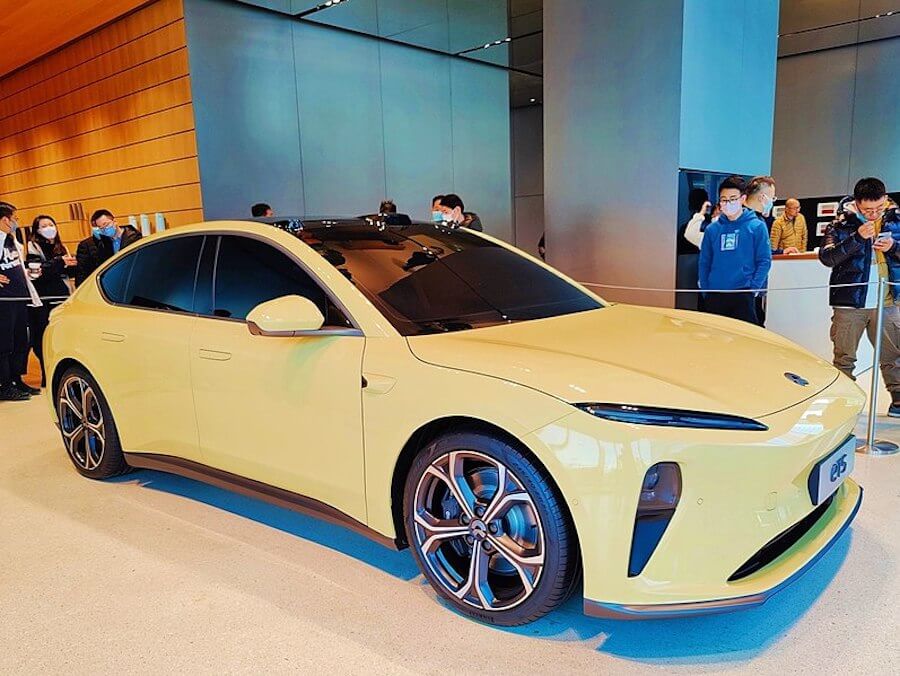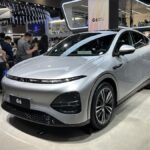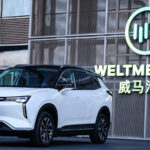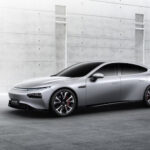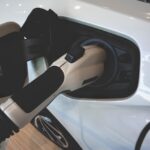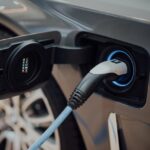Why are Chinese EVs so Cheap?
Chinese EVs are so cheap due to their focus on “high specifications at low prices,” the relatively low cost of batteries, and China’s dominance in the electric vehicle battery production industry.
In recent years, the Chinese domestic electric vehicle (EV) market has witnessed an explosive growth, primarily due to its focus on offering “high specifications at low prices.” Chinese automakers strive to provide EVs with top-notch features while keeping the cost in check. Features like genuine leather electric seats, large high-definition touchscreens, Wi-Fi hotspots, app connectivity, vehicle networking, and more, which used to be exclusive to high-end models, are now standard in Chinese new energy vehicles priced around 100,000 RMB (approximately 20,000-30,000 USD). As competition intensifies among Chinese EV manufacturers, such advanced features are no longer considered luxury options but rather necessities to stay competitive.
Compared to the European counterparts, who present vehicles like the ID3 in the 30,000-40,000 USD range, Chinese manufacturers offer models like the Ideal L7 and NIO ET5, which boast luxurious features, at the same price point. This intense competition in the Chinese market is the reason why Chinese-made EVs experience a substantial price increase when exported, while foreign EVs must significantly reduce their prices when entering the Chinese market.
So, what are the factors contributing to the affordability of Chinese EVs?
1. Emphasis on Battery Cost
The main cost component of an electric vehicle is the battery pack, accounting for 30% to 40% of the total cost. While other advanced features add to the expenses, the battery is the essential component driving the cost of the EV. Within the battery pack, the key factor affecting the cost is the positive electrode material, often referred to as the “XXX lithium.” Various types of lithium materials, such as lithium iron phosphate, lithium nickel manganese cobalt oxide, lithium nickel cobalt aluminum oxide, lithium carbonate, and lithium hydroxide, contribute to the positive electrode. Therefore, reducing the cost of the EV heavily depends on reducing the cost of the battery, which, in turn, relies on lowering the cost of the positive electrode material.
2. China’s Dominance in Battery Production
China has established itself as the global leader in electric vehicle battery production. Chinese companies have expanded their presence overseas, securing a strong position in the global lithium raw material market, with China producing 80% of the world’s lithium batteries. Leading companies like CATL (Contemporary Amperex Technology Co. Ltd.) and BYD (Build Your Dreams) together accounted for 51% of global electric vehicle battery installations in the first quarter of the year. China’s influence extends to the upstream raw materials sector, as companies like Tianqi Lithium hold a 51% stake in Talison Lithium, the owner of one of the world’s best lithium spodumene mines in Greenbushes, Western Australia.
3. Fully Integrated Industrial Chain
China has developed a complete electric vehicle industry chain, including basic materials, cell monomers, battery systems, and manufacturing equipment. Chinese companies dominate in key areas, with a 90% global market share in negative electrode materials and a 90% self-sufficiency rate in separator materials. Notably, China’s ternary lithium battery and lithium iron phosphate battery system energy density are at the international leading level.
Due to these factors, China has achieved a cost advantage in the electric vehicle market. Chinese companies have the expertise to produce affordable electric vehicles without compromising on quality and advanced features. As a result, Chinese-made EVs have become competitive both domestically and internationally, while foreign EV manufacturers have had to adjust their prices to match the fierce competition in the Chinese market. This emphasis on innovation, cost efficiency, and competition has ultimately contributed to the remarkable affordability of Chinese EVs.
Photo from Wikimedea
